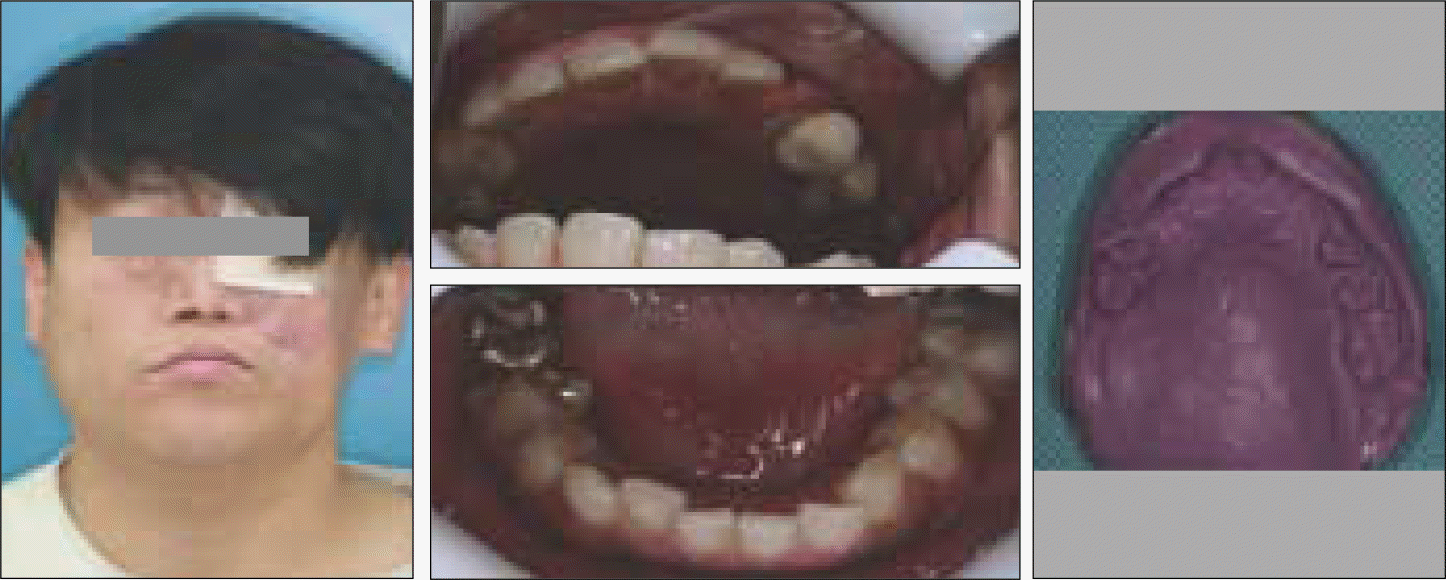Abstract
Statement of problem
As the number of elders is growing with the advancement of medicine, partially or fully edentulous patients have increased. Medically compromised conditions are common in the older population so that it should be taken into account in prosthetic treatment planning as well as their economic conditions. In the older patients, removable prosthesis has been preferred to implant prosthesis. However, cast metal based removable partial dentures also has several limitations.
Purpose
In this report, we present several cases of Valplast® flexible denture which were fabricated in patients who had medically compromised conditions or whose remaining teeth showed a relatively poor prognosis.
Results & Conclusion
This article describes an alternative treatment for a partially edentulous patient with mouth opening limitation, after cancer surgery, compromised general condition and questionable remaining teeth. In these patients, Valplast® flexible denture was used because of its unique characteristics and the results were all satisfactory. Patients had 1-2 check-up and there were no postoperative pain or fracture of denture up to now. (J Korean Acad Prosthodont 2009;47:295-300)
REFERENCES
1.Maurice N. Stern Esthetic Retention For Modern Dental Prosthesis N.Y. State D. J. 1964. 30:53–6.
2.Kay KS. Removable Partial Prosthodontrics. 4th edition. Narae Pub;2007.
3.Park CW., Hwang YP., Kay KS. Prosthetic restoration of partially edentulous patients using the Valplast® flexible partial denture system. Oral Bio Res. 2006. 30:55–73.
4.Yunus N., Rashid AA., Azmi LL., Abu-Hassan MI. Some flexural properties of a nylon denture base polymer. J Oral Rehabil. 2005. 32:65–71.

5.Cowan RD., Gilbert JA., Elledge DA., McGlynn FD. Patient use of removable partial denture: Two and Four-year telephone interviews. J Prosthet Dent. 1991. 65:668–70.
6.Chung YS., Lee NY., Lee SH. Removable flexible denture for child with loss of multiple teeth: a case report. J Korean Acad Pediatric Dent. 2007. 34:513–7.
7.Ozkan Y., Varol A., Turker N., Aksakalli N., Basa S. Clinical and radiological evaluation of cherubism: a sporadic case report and review of the literature. Int J Pediatr Otorhinolaryngol. 2003. 67:1005–12.
8.Parvizi A., Lindquist T., Schneider R., Williamson D., Boyer D., Dawson DV. Comparison of the dimensional accuracy of injection-molded denture base materials to that of conventional pressure-pack acrylic resin. J Prosthodont. 2004. 13:83–9.

9.Samet N., Tau S., Findler M., Susarla SM., Findler M. Flexible, removable partial denture for a patient with systemic sclerosis (scleroderma) and microstomia: a clinical report and a three-year follow-up. Gen Dent. 2007. 55:548–51.




 PDF
PDF ePub
ePub Citation
Citation Print
Print










 XML Download
XML Download